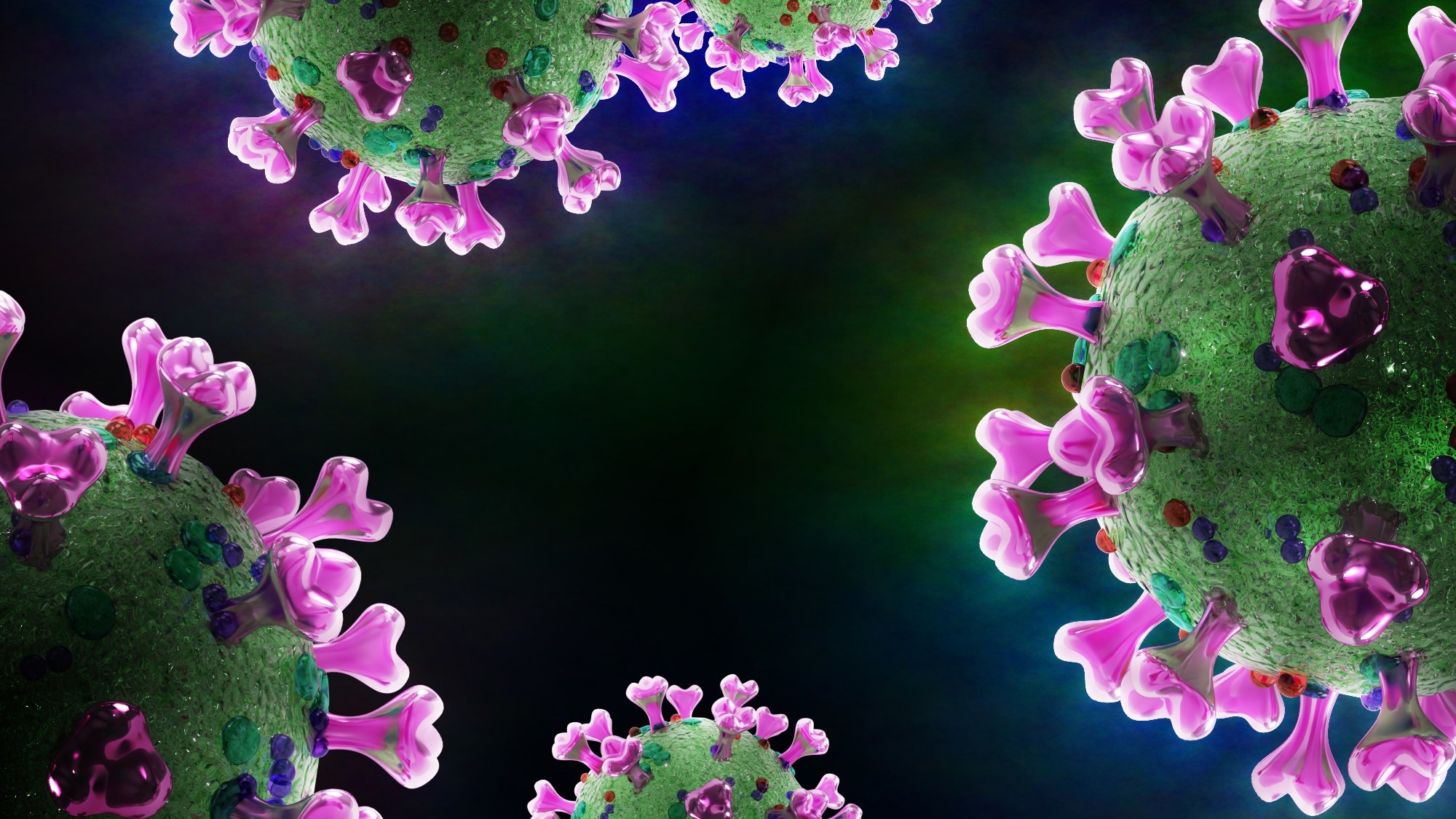In a recent article posted to the medRxiv preprint* server, researchers assess the longevity of severe acute respiratory syndrome coronavirus 2 (SARS-CoV-2) humoral immune responses and their kinetics after initial infection and coronavirus disease 2019 (COVID-19) vaccination. Additionally, they determined SARS-CoV-2 re-infection rates and assessed correlates of protection against SARS-CoV-2 infection.


Background
In March 2020, New York City became an epicenter of the COVID-19 pandemic in the United States, with an exponential increase in severe COVID-19 cases that overburdened the healthcare system and led to numerous fatalities. Given the acute shortage of personal protective equipment (PPE) early on in the pandemic, the risk of infection was highest among healthcare workers.
Short-term studies evaluating limited data points following peak immune responses to SARS-CoV-2 infection showed that messenger ribonucleic acid (mRNA) technology-based COVID-19 vaccines induced immunity waned quickly. Furthermore, the emergence of new SARS-CoV-2 variants decreased the effectiveness of these vaccines against symptomatic disease.
There remains a lack of information on the kinetics of antibody responses, including durability and longevity, elicited in response to COVID-19 mRNA vaccination after infection, primary immunization, booster vaccination, and breakthrough infections.
About the study
The Protection Associated with Rapid Immunity to SARS-CoV-2 (PARIS) study was conducted in New York City between April 2020 and April 2023. Herein, over 8,000 biospecimen samples were analyzed, in addition to longitudinal data from 501 adults, most of whom were healthcare workers working within the Mount Sinai Health System.
The average age of the study cohort was 41 years at enrollment, 67% of whom were female. All study participants provided data, blood, and saliva samples at all study visits.
The interval between study visits was two to four weeks from initiation to week eight. After that, this interval increased to four to eight weeks after week eight.
Weekly ad hoc visits were also conducted after vaccination and other immune events, such as SARS-CoV-2 infection and re-infection. An in-house enzyme-linked immunosorbent assay (ELISA) was used to measure antibodies against the SARS-CoV-2 spike (S) glycoprotein.
Study findings
All 501 PARIS participants received between two and six COVID-19 vaccine doses. Of the study cohort, 93% received mRNA vaccines, of which 342 and 111 individuals received two doses of BNT162b2 and mRNA-1273 vaccines, respectively. The remaining 36 participants received Ad26.COV2.S or AZD1222 vaccines.
Of the 465 PARIS participants who received primary vaccination, 366 received a booster vaccination, 97 of whom subsequently received a second booster dose. Fifteen study participants received a third booster dose, whereas only one individual received a fourth booster dose. Of the 27 recipients of two monovalent boosters, 14 opted for bivalent booster vaccination.
After primary vaccination, plasmablast-derived serum antibodies reached a high peak immediately; however, this antibody response began to wane within two weeks. These antibodies constituted the 28-34-day half-life of the short-lived component of the PARIS model; however, some antibodies, like immunoglobulin G1 (IgG1), had a half-life of around four weeks.
In the pre-Omicron era, no breakthrough infections were reported in the hybrid immune group over 11 months. Comparatively, during the Omicron era, given the robust immune evasion abilities and highly infectious nature of this variant, most of the study participants experienced breakthrough infections.
The hybrid immune group remained significantly more protected than previously naïve individuals. In fact, among previously naïve individuals who contracted breakthrough infections post-vaccination, breakthrough infection elicited similar antibody responses as a booster dose.
Among individuals who received two or three booster doses, breakthrough infection did not induce serum antibody responses as robustly as vaccination. This may be due to the robust pre-existing immunity restricting virus replication in these individuals; therefore, exposure to lesser antigen levels induced a lower immune response.
The PARIS cohort well-tolerated SARS-CoV-2 mRNA vaccines, with about 67% of the cohort experiencing mild to moderate side effects. Local and systemic side effects were common in individuals with hybrid immunity. This observation is clinically relevant, as reactogenicity could increase vaccine hesitancy and reduce its uptake.
Conclusions
The current longitudinal study followed individuals from the onset of the pandemic up to three years. This allowed the researchers to perform a comprehensive analysis of the long-term kinetics of antibody responses post-primary and booster vaccination and breakthrough infections.
Antibody waning kinetics were slower after booster vaccination; however, antibody titers increasingly stabilized after each booster dose. Primary COVID-19 vaccination of previously infected individuals elicited antibody titers of about 20,000 area under the curve (AUC); however, overall antibody titers peaked at about 10,000 AUC. This apparent ceiling effect gradually lowered with repeated SARS-CoV-2 exposures and booster vaccinations.
Among groups with initially infected and initially naïve individuals, booster vaccination acted as an equalizer. More specifically, vaccinated individuals with prior infection had higher antibody peak titers than individuals who were naïve before the primary vaccination series.
Age and vaccine type also influenced long-term antibody titers. For example, in infection-naïve individuals, mRNA-1273 induced about 1.3-fold higher antibody titers than BNT162b2.











